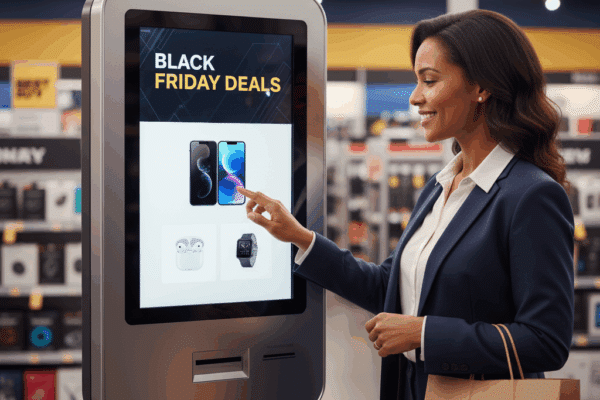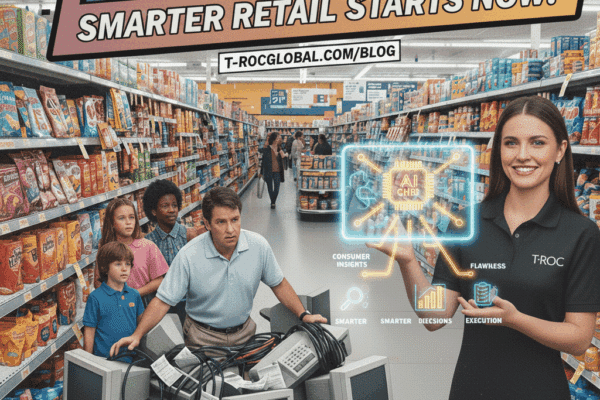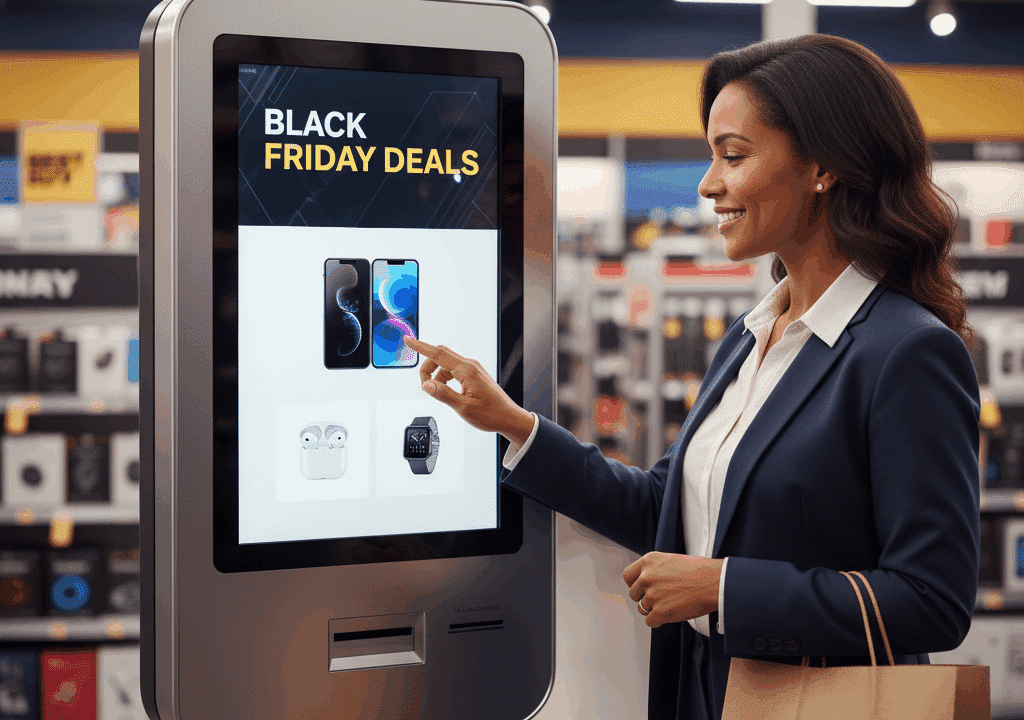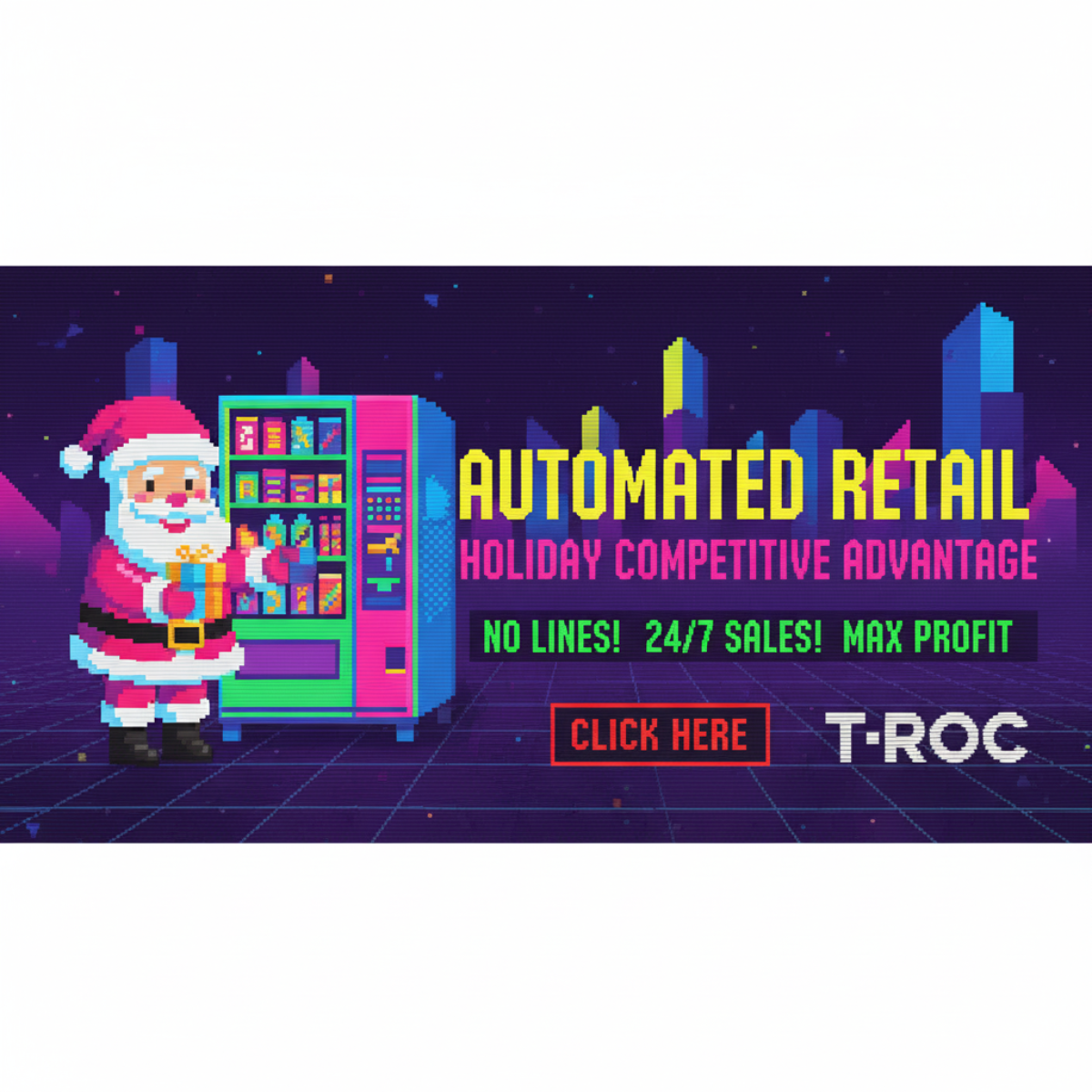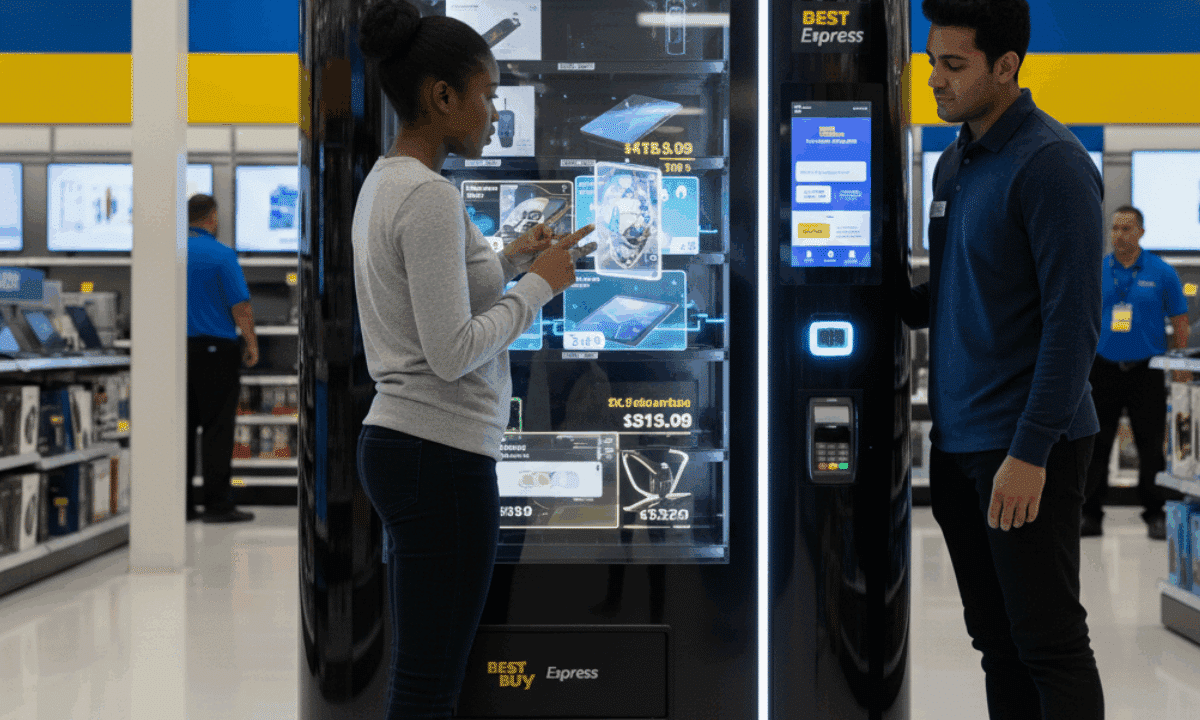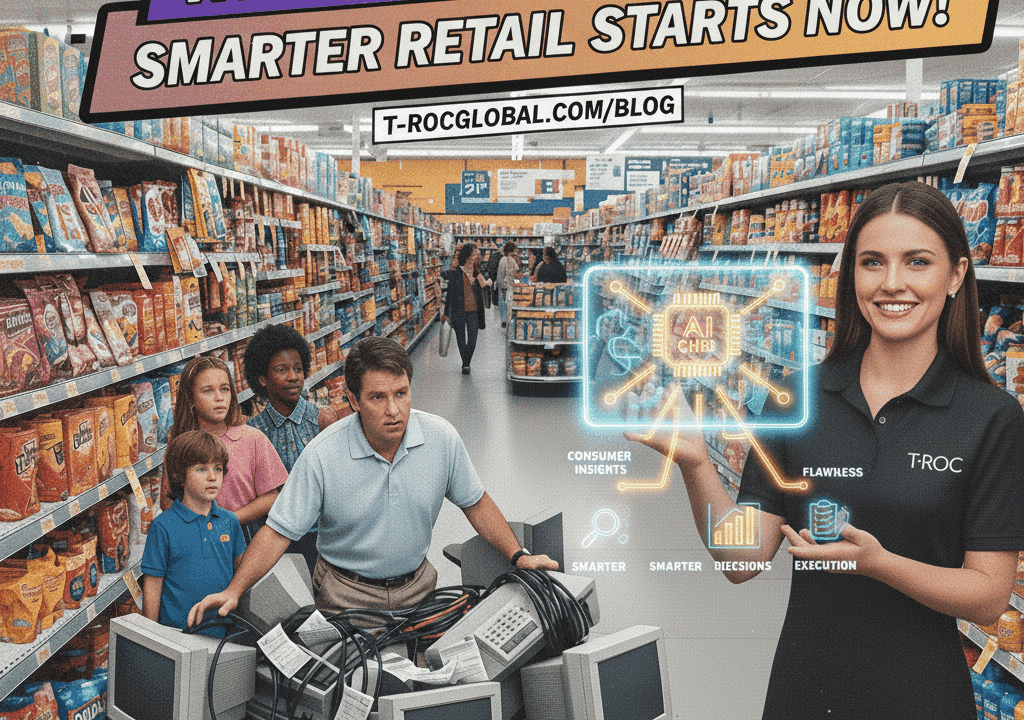
The Functions of Retail Operations Management
Retail Operations Management: What it entails and why many companies can benefit from some expert assistance.
The term “retail operations” covers virtually every aspect of running retail sales environments, including physical storefronts, e-commerce websites, retail chains, special sales events – you name it.
In other words, retail operations encompasses a tremendously broad scope of responsibilities that can include sourcing products, scouting locations, staffing and training, store management, visual merchandising and displays, inventory management, customer engagement, establishing service standards, and a long list of additional operational responsibilities.
If you’re a retail operations manager, chances are you’ve got a lot on your plate. There’s also a good chance that plate has been made even fuller thanks to the emergence of omnichannel retail, which means more sales channels to juggle and more opportunities to either capitalize on or miss out on depending on how well your retail operations management teams are up to the challenge.
Let’s look at some of the key areas of retail operations management. For the purposes of this post, we’re going to skip over two big picture areas – sourcing store locations and finding the right suppliers and manufacturers to cost-effectively fill stores with product. Instead, we’re going to concentrate on some of the day-to-day challenges of operating a retail business. There are a lot of them and meeting each one is critical to successful retail operations management.
What are the functions of retail operations management?
What follows is a quick look at some of the key areas of retail operations management. This is by no means a complete list; however, it will give you a relatively good idea of the bandwidth a retail operations management team needs in order to cover all the responsibilities of the job.
Staffing
While online sales have certainly changed the landscape of retail, more and more customers are returning to brick-and-mortar stores for personal and hands-on shopping experiences. This trend is sure to be on the rise as the world emerges from the global pandemic that kept us all on lockdown for far too long.
So where do you find the best people to staff your retail stores? Or, for that matter, experts to provide great service to online shoppers who might need assistance? Staffing is one of the biggest challenges in retail operations management and it extends beyond just recruiting the best talent. Once you’ve hired them, you then have to train them to work within your brand and operational standards. You need to schedule your sales teams effectively. You need to track performance, hold staff accountable for tasks, and provide adequate opportunities for advancement based on a job well done.
Staffing is a massive undertaking and it’s getting even more challenging with the trend toward having fewer staff on the salesfloor post COVID-19. In fact, many brands and retailers are choosing to outsource their staffing needs to qualified retail operations management partners, such as The Revenue Optimization Companies (T-ROC).
As an industry leader, T-ROC has a nationwide pool of fully vetted and trained sales professionals in place and ready to be onboarded. Plus, we do all the heavy lifting – recruiting, interviewing, drug testing, training and onboarding. This frees up companies to focus on other areas retail operations management.
Inventory Management
You can’t sell products that aren’t on store shelves or strategically positioned to fulfill your customers online orders. That’s why another core function of retail operations is managing and tracking inventory – the flow of products from the wholesaler or manufacturer to individual stores and retail outlets for purchase by end users.
Inventory management goes well beyond simply making sure the right quantity of product arrives when and where it’s supposed to arrive. It means tracking sales performance to understand exactly what specific SKUs are selling, how fast their moving, and what locations are driving revenue. It also means identifying merchandise that not exactly flying off the shelves, figuring out why that’s the case, and formulating definitive strategies to remedy the situation.
“Many of our clients are turning to T-ROC for advanced data solutions in order to streamline and optimize inventory management,” says Brett Beveridge, President and Chief Operating Officer of The Revenue Optimization Companies. “Our advanced software solutions enable us to provide a real-time analysis of sales and inventory broken down by product, location, region, day part and really any key performance indicators our customers want. They get an immediate and remarkably detailed picture of their sales and inventory situation, which informs better decisions both in terms of short-term supply chain management and long-term product strategies.”
As a retail operations manager, inventory is a core responsibility and one that can fluctuate as quickly as markets and customer behaviors can change. Having the right retail technology in place to make the job easier is big advantage.
Customer Service
If your customers aren’t satisfied, they won’t be your customers for long. Yet, many brands and retailers are learning that managing and meeting customer expectations in today’s instant gratification world is getting harder and harder.
What are today’s big service challenges from a retail operations management perspective? First and foremost, it’s finding ways to meet customers on their terms. If e-commerce has done one thing, it has created a customer who expects answers immediately, efficiently, whenever and wherever they choose to shop – whether that’s in a store, online or on their mobile devices.
Of course, staffing plays a big role in how customers are greeted and treated in stores. That’s a challenge we’ve already talked about. But great service these days, cannot be limited to physical retail environments. Retail requires an omnichannel service approach, and, once again, technology is playing a predominant role.
For example, The Revenue Optimization Companies (T-ROC), recently introduced VIBA, the world’s first Virtual Interactive Brand Assistant. This space-age customer engagement solution utilizes the latest in virtual reality, artificial intelligence, live video chat, and livestreaming technologies to allow brands and retailers to engage customers anywhere – in stores, online, on their phones, even just walking down the street.
Customers can chat it up with Valerie, a virtual avatar who’s programmed to answer any and all of their questions about brands and products. They can connect to a live agent for one-on-one personal service. They can watch product demos, promo videos, live broadcasts and much more. The system can even take orders and process transactions on the spot.
VIBA can be activated by scanning a QR code placed on a product, display, sign or advertisement. Customers can also engage with in-store Smart Signs featuring up to 50” high-definition displays. Or they can click on a weblink and launch VIBA from any computer or mobile device.
A store, a couch, an office, and anywhere you can stick a QR code instantly becomes a shopping venue with VIBA, which is probably why T-ROC is calling the solution the “Now Generation” experience. If you’d like to learn more, contact the experts at T-ROC for a free VIBA consultation.
Visual Merchandising
Another aspect of retail operations management is making sure that your in-store displays and aisles look and feel exactly the way you planned them to look and feel. Store conditions play a tremendous role in making sales. If products aren’t displayed properly; if pricing is inconsistent; if store cleanliness isn’t up to par; if shelves are empty because items haven’t made their way from the backroom, it will negatively impact the customer experience and, thus, your sales.
Retail field teams have been traditionally responsible for visiting stores and logging merchandising and sales data. However, new digital solutions are giving this retail operations management responsibility a real-time push forward. Today’s software solutions allow field reps to capture store data instantly using mobile devices. They can even snap full-color photos to back up the data gathered. Every store visit gets distilled into clear and concise reports that can be accessed by retail operations management leaders instantly, so they can resolve merchandising issues faster and make more informed, responsive and effective business decisions in general.
Learn more about the latest retail management software and digital solutions.
Omnichannel unity
Perhaps the greatest overall challenge in retail operations management is how to unify all the different channels and responsibilities involved in running a sales business today.
The scope of retail operations continues to expand as online commerce, social commerce, and brick-and-mortar stores have all become critical components of retail success. The key for most brands and retailers becomes finding the secret sauce to making it all work together. The reality is today’s customers expect nothing less and will settle for nothing less.
In terms of retail operations management, it means making sure that your supply channels, sales channels, engagement channels, and fulfillment channels are all rowing in the same direction. For many brands and retailers, meeting this challenge requires a little extra help. That’s why many turn to a retail operations management partner with experience and expertise to guide them in the right direction.
If you’re brand or retail business could use a little help navigating the operational and management challenges of today’s retail industry, we invite you to learn more about our entrepreneurial spirit and long list of retail management services at The Revenue Optimization Companies. Visit www.trocglobal.com. If you found this blog helpful, be sure to check out our other retail-focused blogs at https://trocglobal.com/company/#blog.
TROC is the leading provider of premier staffing outsource, software, managed technology services, and consumer insights for the top global brands, retailers, manufacturers, service providers, and distributors. The company’s distinctive solutions address the entire lifecycle of brick and mortar brand and retail operations by combining retail expertise, best practices, and technology to help its customers achieve sales and operational excellence as well as a sustainable competitive advantage. As a Retail 4.0 thought leader, T-ROC enables companies with high-value products in the physical world to thrive through the digitalization of the physical shopping experience. To learn more about T-ROC, visit www.trocglobal.com.

